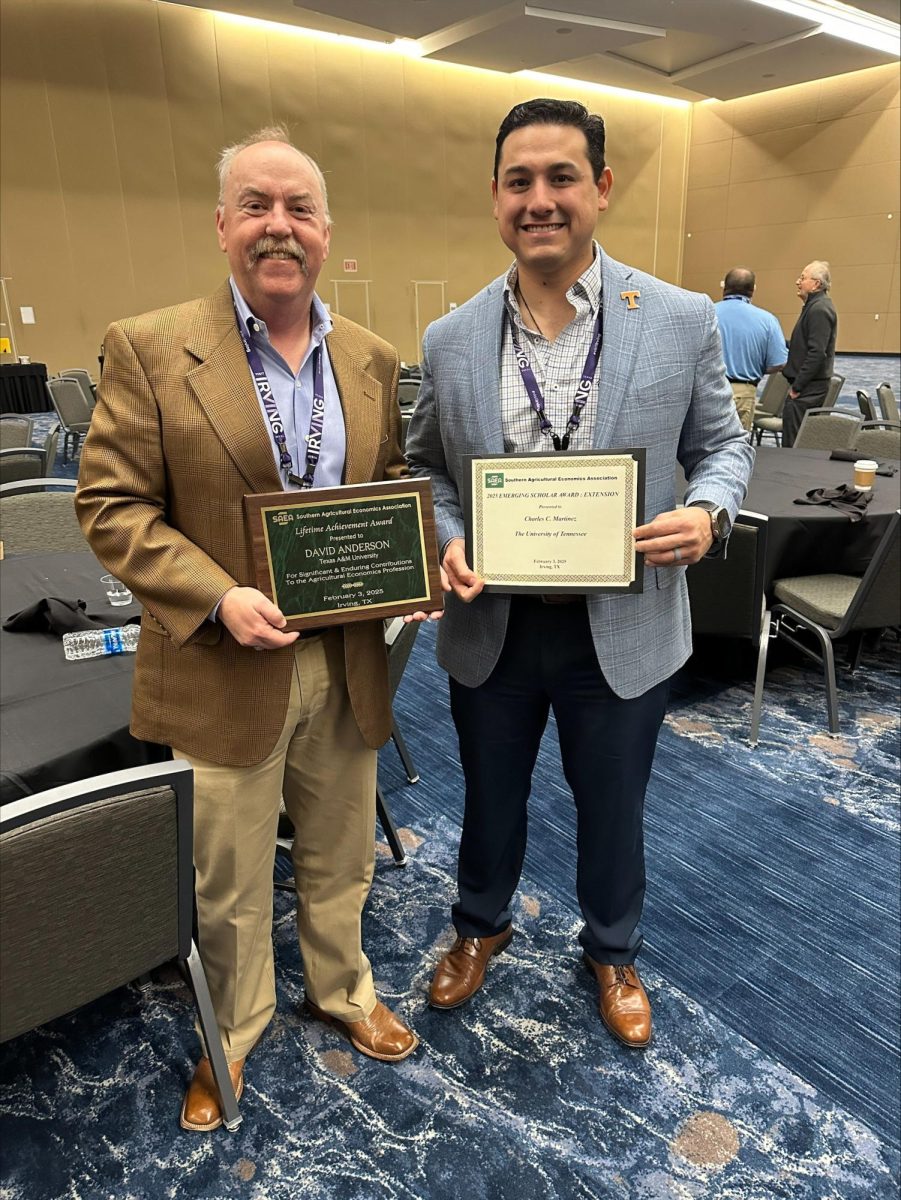Editor’s note: This article has been updated since initial publication.
Texas A&M is currently facing a lawsuit from a University of Texas professor for alleged discrimination in its new faculty fellowship program.
UT finance professor and associate director Richard Lowery is suing A&M for alleged discrimination against white and Asian candidates in its ACES Plus fellows program. Lowery claims the new program violates Title VI and Title IX as stated through the Civil Rights Act of 1964. The plaintiff is suing Vice President and Associate Provost for Diversity Annie S. McGowan, Vice President for Faculty Affairs N.K. Anand as well as the Board of Regents, according to his official statement of complaint.
“These discriminatory, illegal, and anti-meritocratic practices have been egged on by woke ideologues who populate the so-called diversity, equity, and inclusion offices at public and private universities throughout the United States,” according to the complaint.
Following A&M’s recent designation as a Hispanic Serving Institution, or HSI, the new program ACES Plus will allocate $2 million in funding to provide a 50% matching base salary for mid-career and senior track hires in underrepresented groups, according to the statement made in July. A&M defines underrepresented groups as African Americans, Hispanic/Latino Americans, Native Americans, Alaskan Natives and Native Hawaiians.
History professor Terry Anderson said this program is intended for mid-level professors such as an associate professor like Lowery. Anderson said Lowery might have had a good case if he personally was being discriminated against.
“It’s paid for by all the people’s taxes,” Anderson said. “It’s using everyone’s taxes and paying just for those [groups], so, on the surface of it, it looks discriminatory.”
Attorney at Law Shelly Shaw said Lowery must show the courts that A&M violated three distinct criterias. Lowery must prove A&M has: violated Title VI and Title IX, knew they were violating them and took no steps to address it. Shaw said Lowery could have filed a complaint with A&M’s department of Civil Rights or the national Office of Civil Rights, or OCR, before filing a lawsuit.
“From what I’ve seen it doesn’t look like he has done either,” Shaw said. “It looks like his first means of handling this was to go straight to the courts and put it in their hands.”
Shaw said this case is unique, not only because the plaintiff is a white male who is typically in the majority at institutions, but also because it doesn’t appear Lowery had actually applied for the position for which he is suing.
“I found that a little strange too,” Shaw said. “He is not doing this after he has been refused a job or refused an interview. He’s doing this a little more proactively and a little more on the front end without seeing if he would be refused the job or not.”
Lowery has been working at UT since 2009 and, according to the specifications listed on their website for associate professors, is tenured at the university. Lowery is represented by America First Legal, according to the Texas Tribune, and claimed many universities, like A&M, are discriminating based on race and sex under direct violation of The Civil Rights Act of 1964.
“This practice, popularly known as ‘affirmative action,’ has led universities to hire and promote inferior faculty candidates over individuals with better scholarship, better credentials and better teaching ability,” according to the lawsuit.
Political science senior Trey Rutledge said he read the initial complaint as well as an article regarding the lawsuit and said A&M is giving bonuses to some minority professors, but not others.
“The lawsuit wasn’t just toward white professors being discriminated against, it was also Asian professors,” Rutledge said. “Instead of hiring based on academics and [rather] off history or towards race and trying to fix your demographics, you do kind of compromise on the quality of professors.”
Anderson said the origin of affirmative action was to require employers receiving federal money to hire all federal taxpayer groups. During his term, President Richard Nixon helped create The Philadelphia Plan to help minorities gain access to job markets by requiring businesses to hire a certain percentage of minorities. The plan was bashed by critics for the forcing of racial “quotas.”
“Based on the idea that if you receive federal money, then you have to hire all federal taxpayers. That includes Blacks,” Anderson said. “This university accepts millions of federal money, so we have to hire all the taxpayers.”
In the 1970s, affirmative action expanded beyond just employment to include education, Anderson said. In Supreme Court cases such as Bakke v. California, it was deemed constitutional to use race “as one, non-predominant factor in a system designed to consider each applicant as an individual, provided the program can meet the test of strict scrutiny by the judiciary.”
“[The Supreme Court ruled that] race can be used as one of the many factors in admissions to colleges,” Anderson said. “And that still is the same way it is.”
Shaw said that she doesn’t believe Lowery has an easy case to prove. However, A&M stands to lose a lot of federal money if they are found to be discriminatory.
“I think this is going to be a landmark case,” Shaw said. “I don’t see him winning it, but I definitely think we’re probably going to see a lot more white men coming after and questioning if everything is targeted against them just because they’re a white man.”










